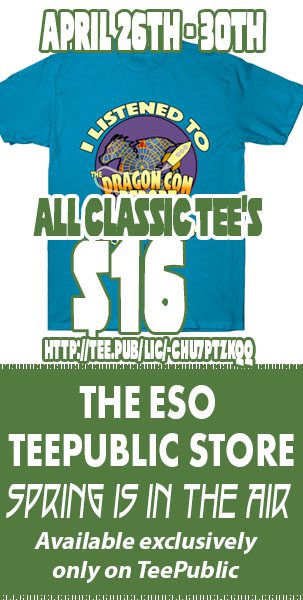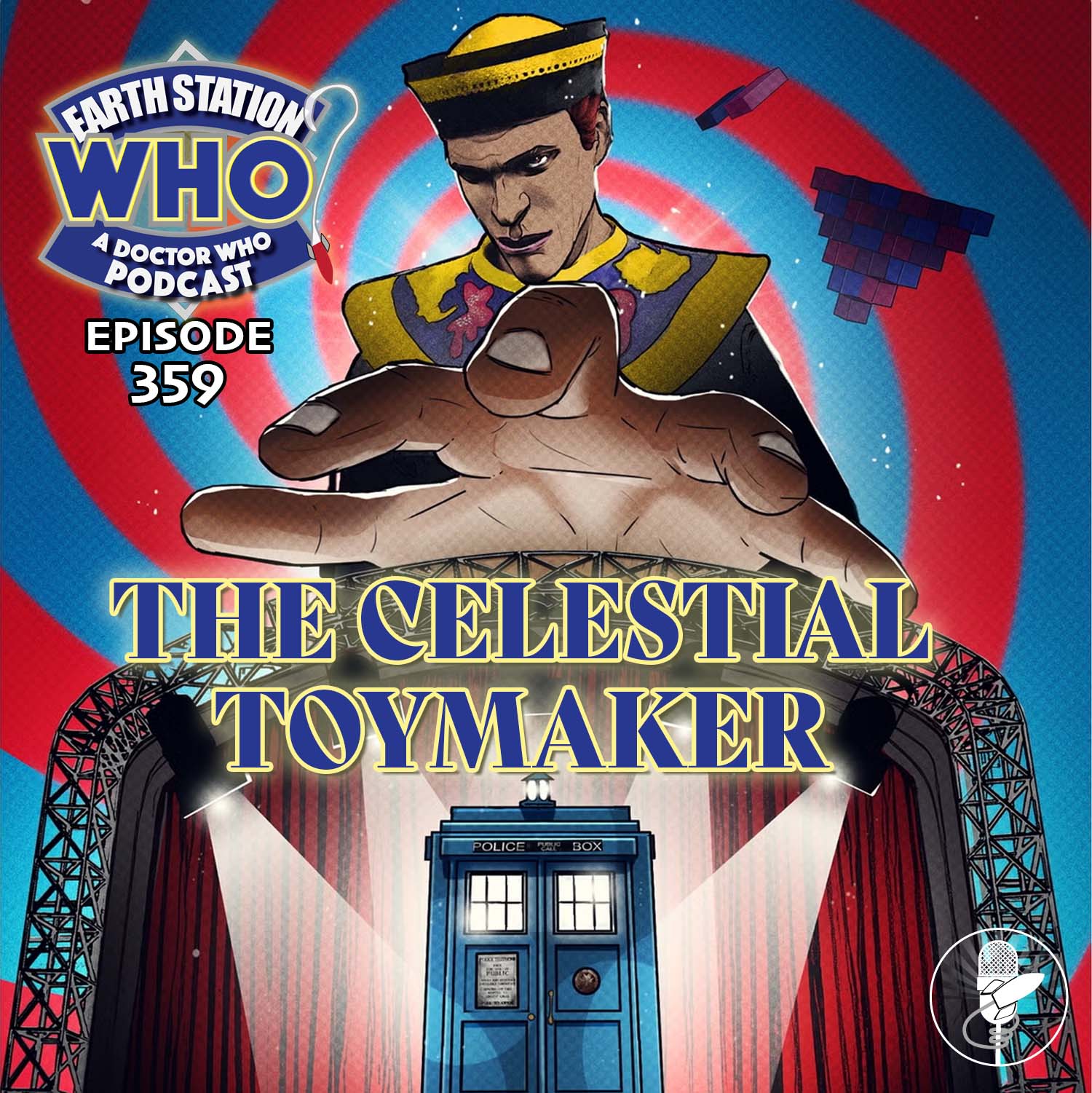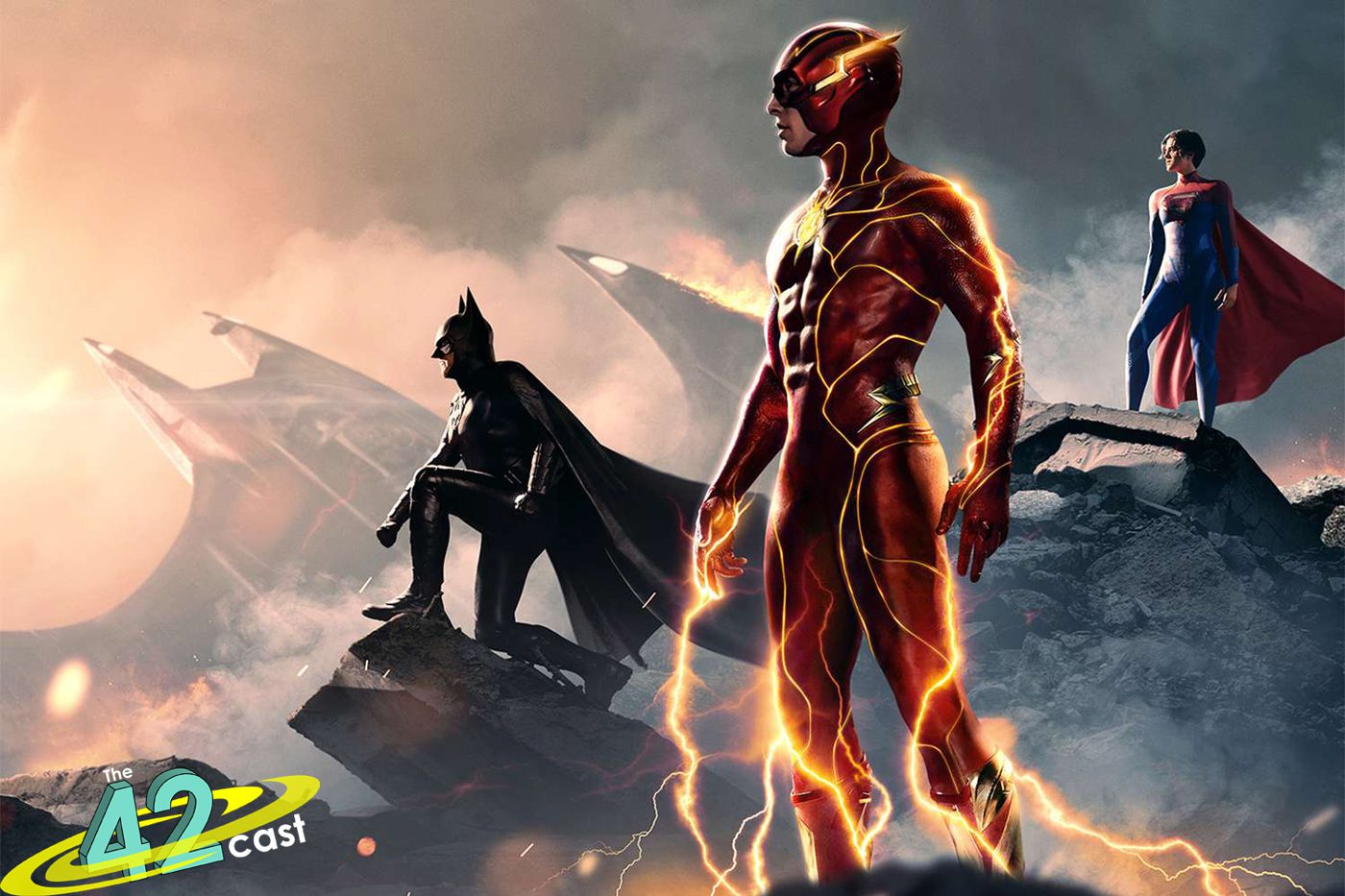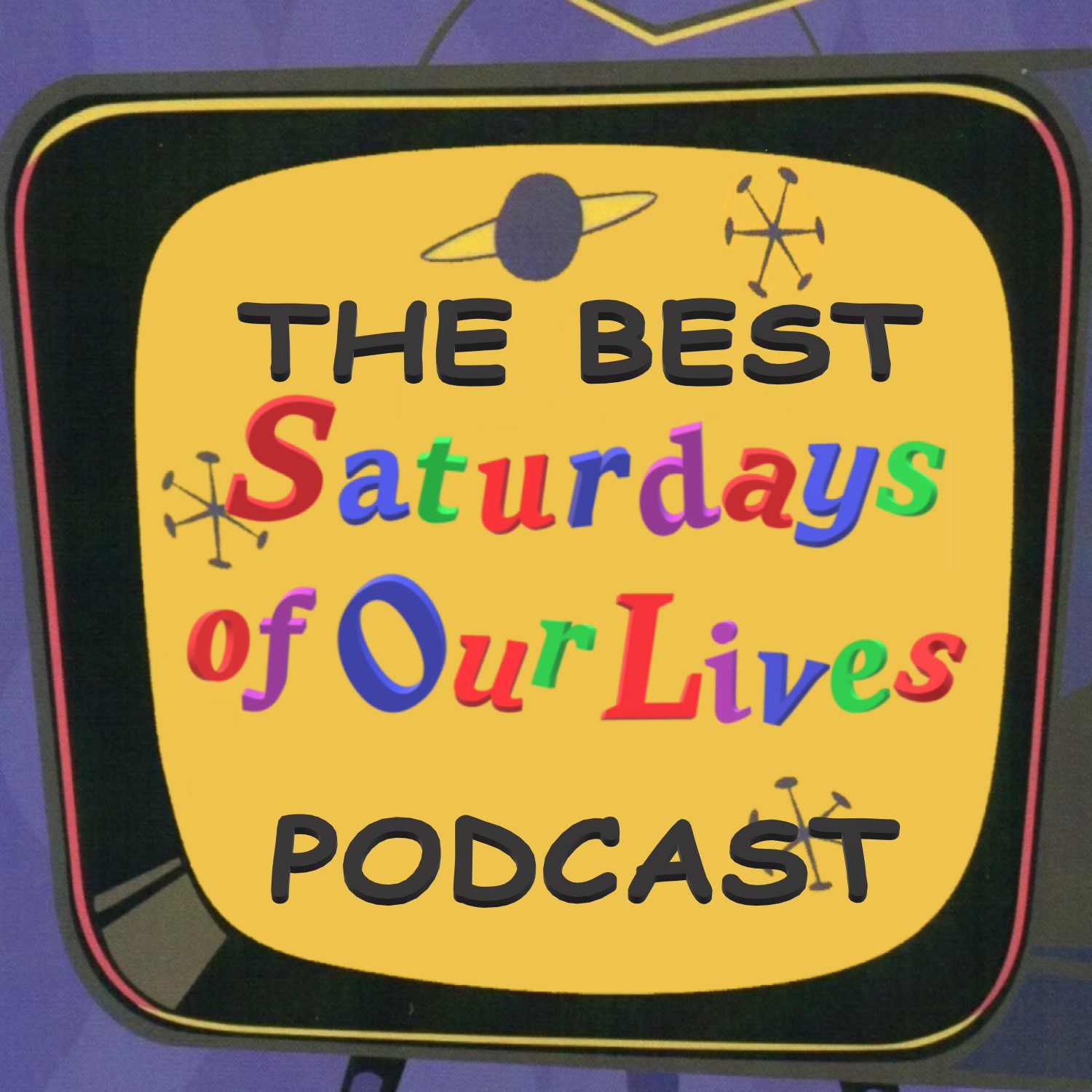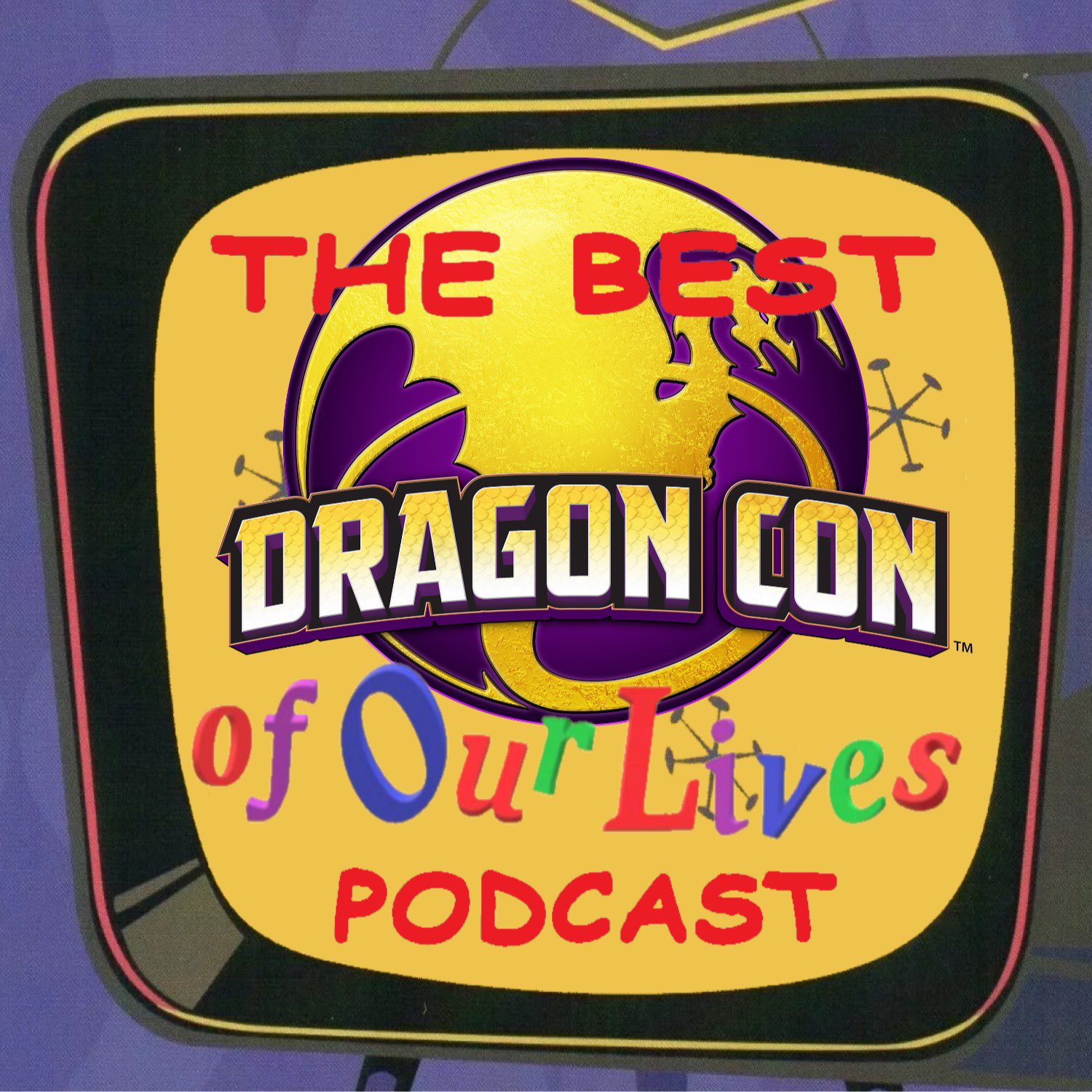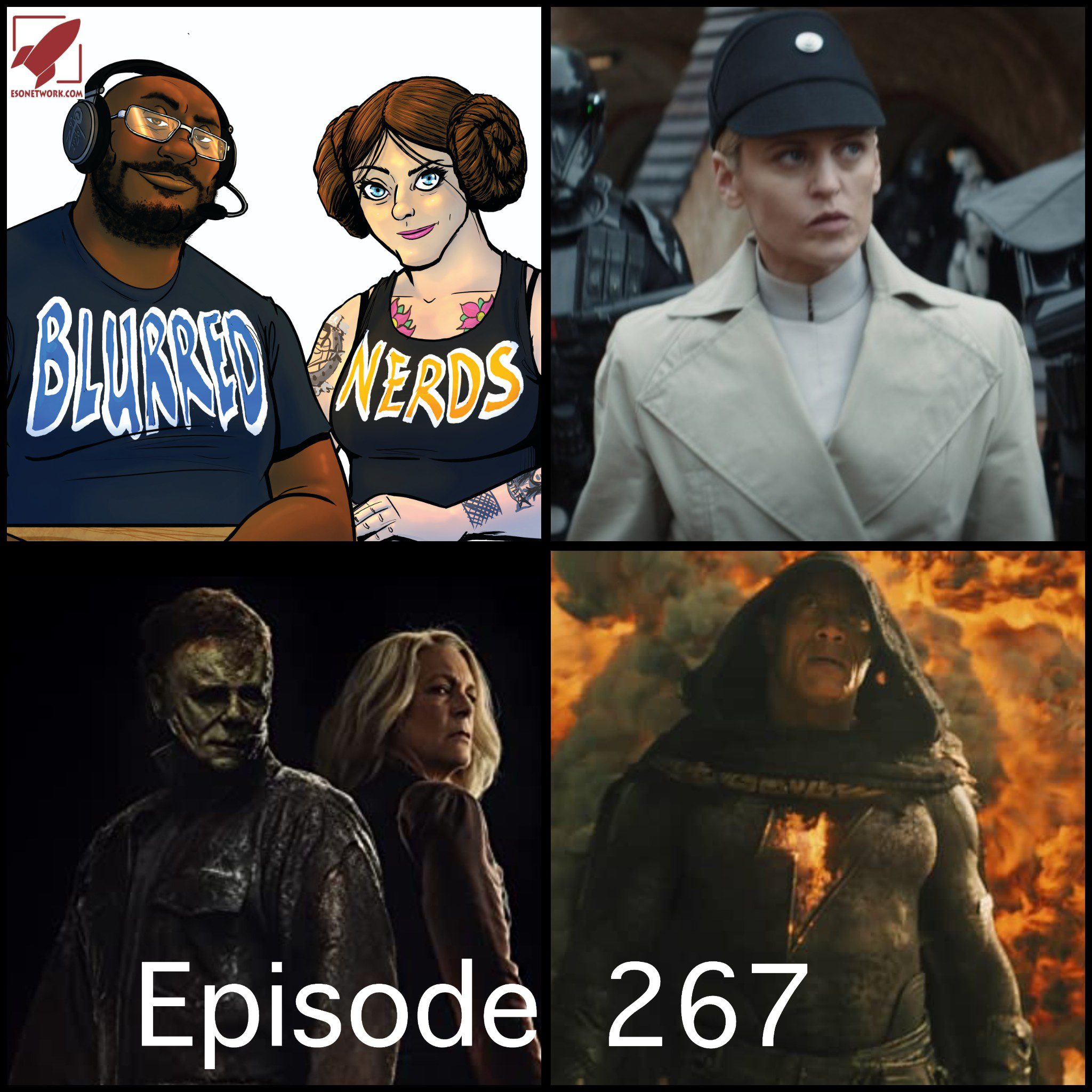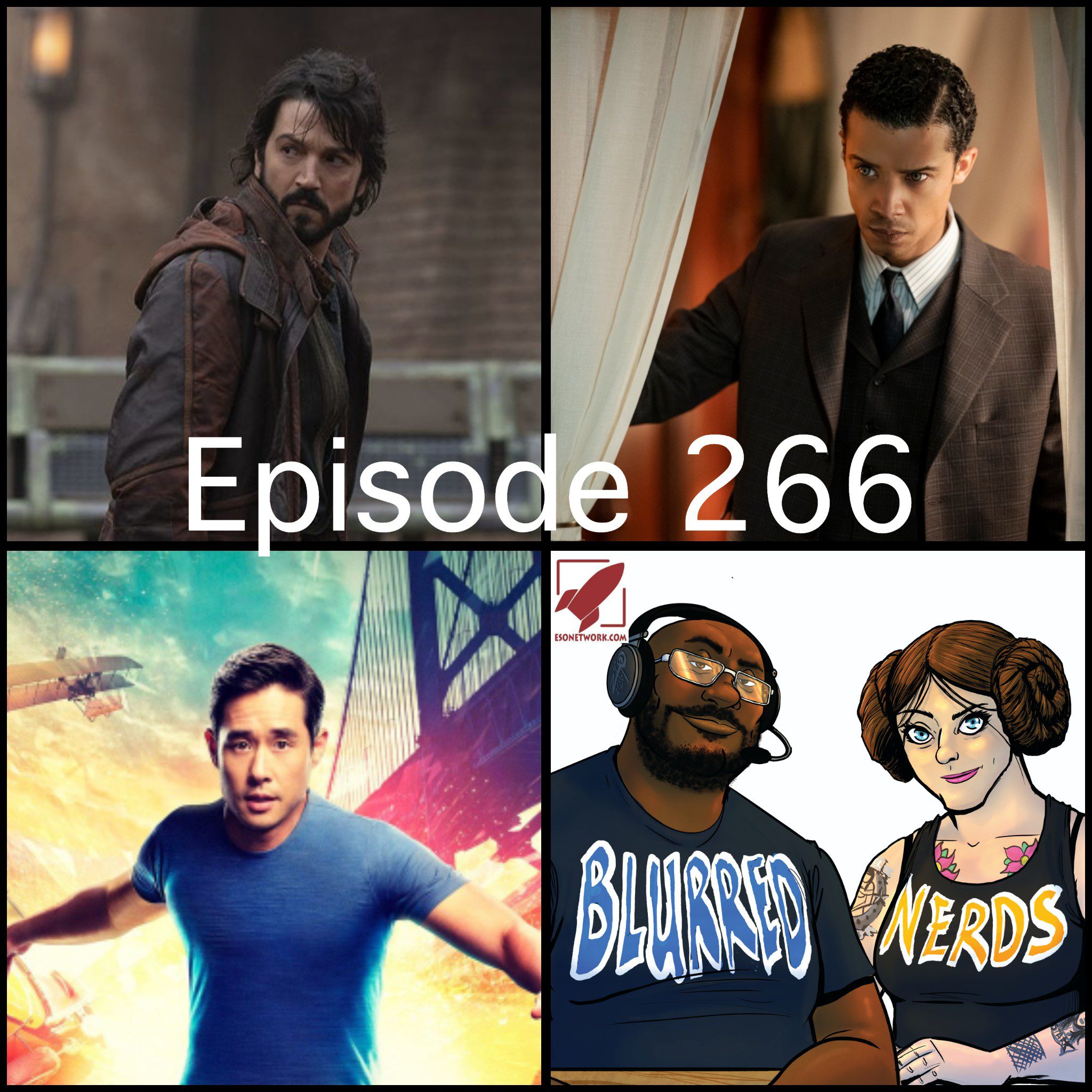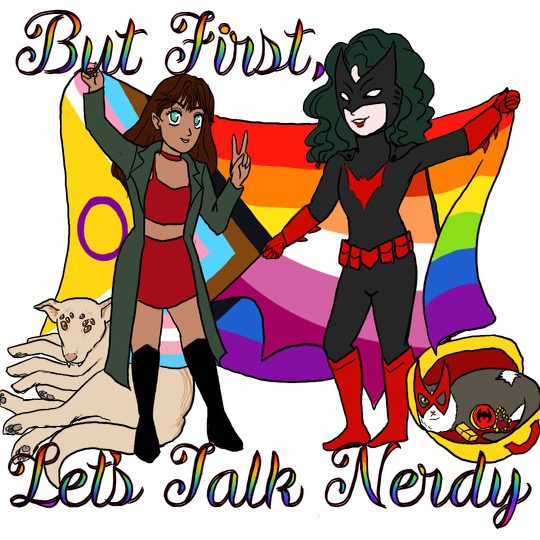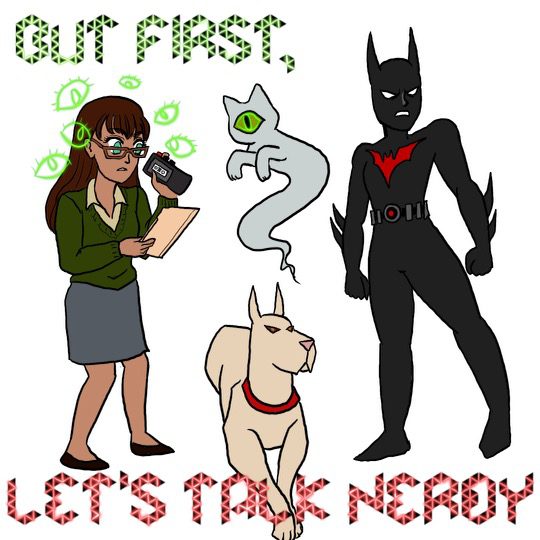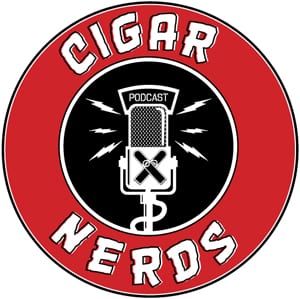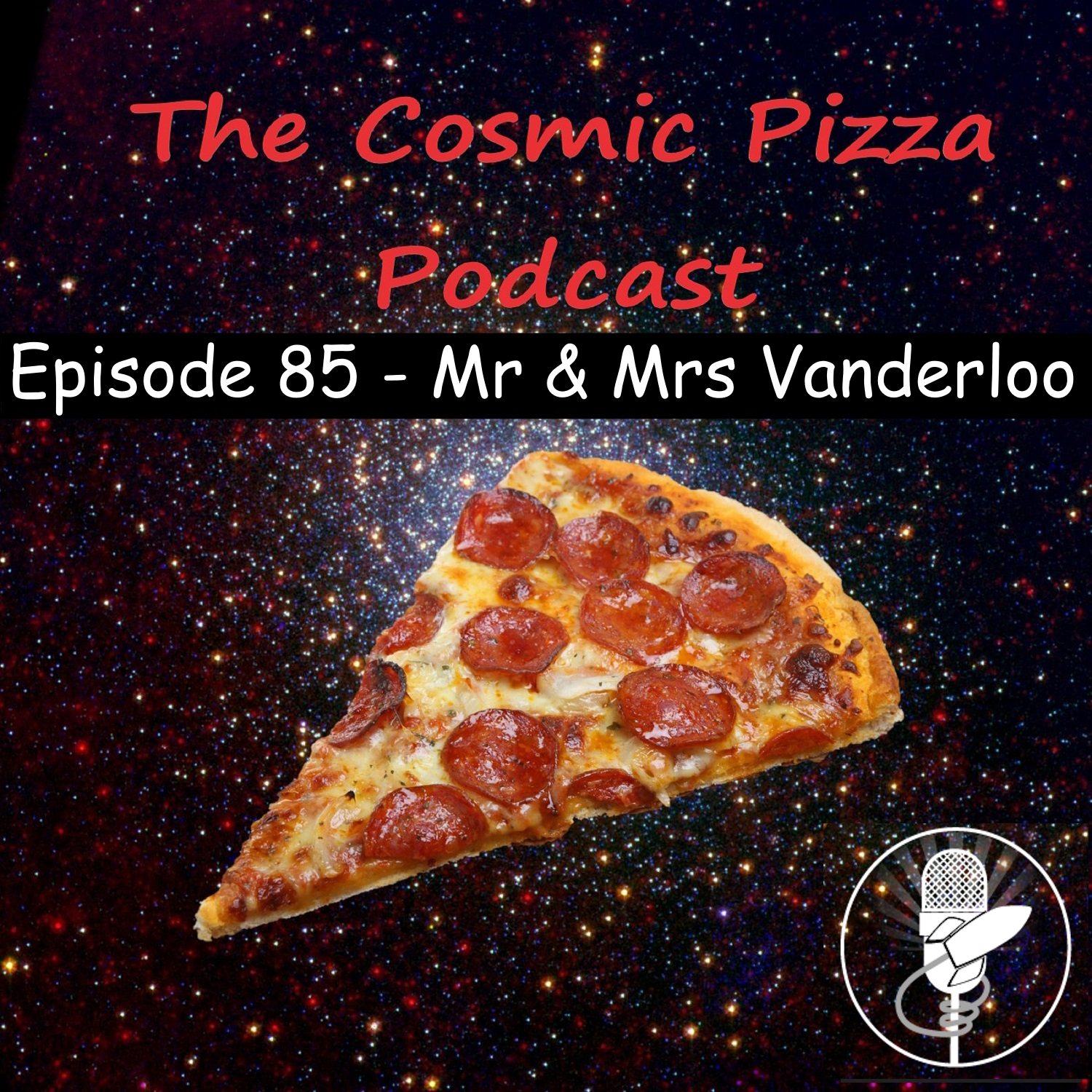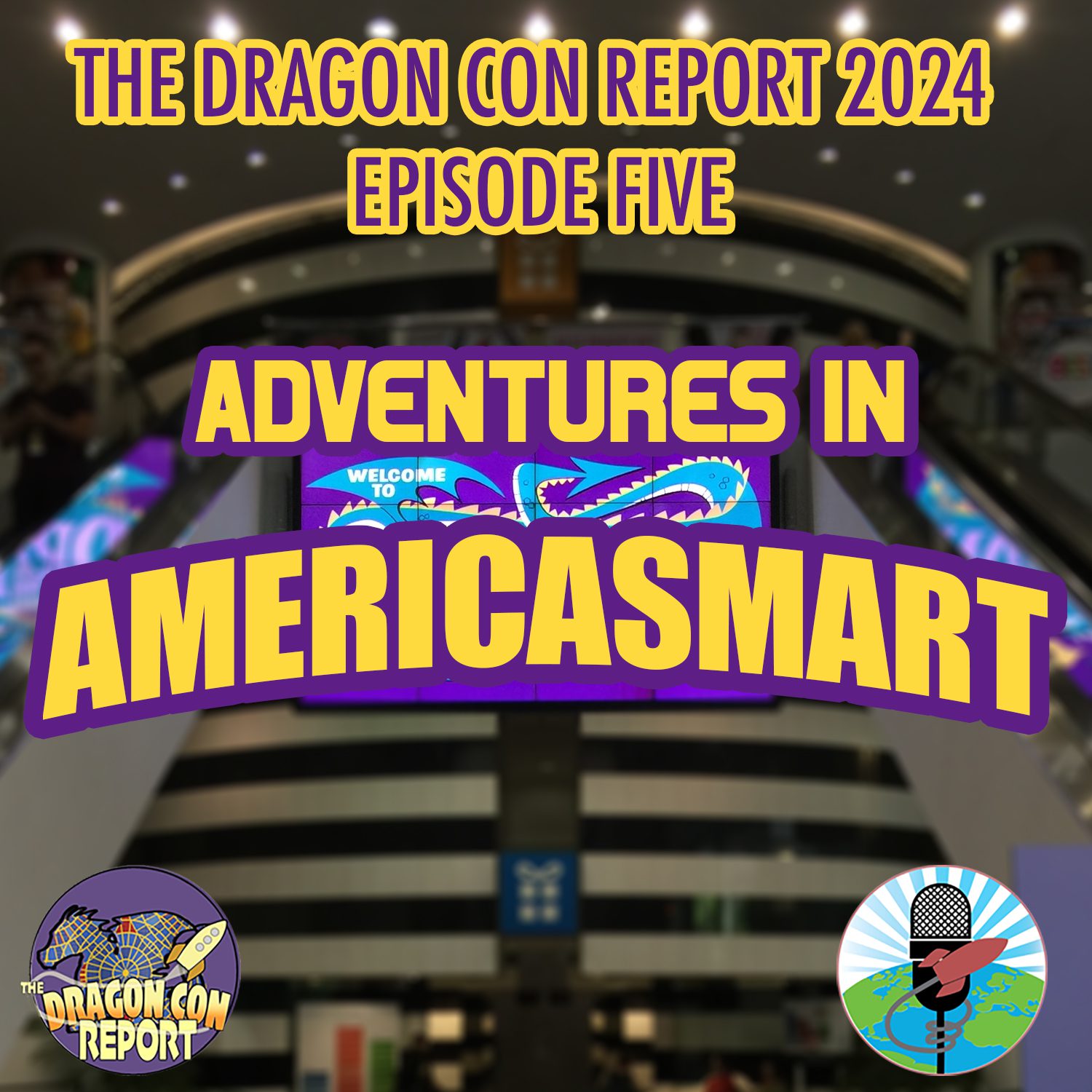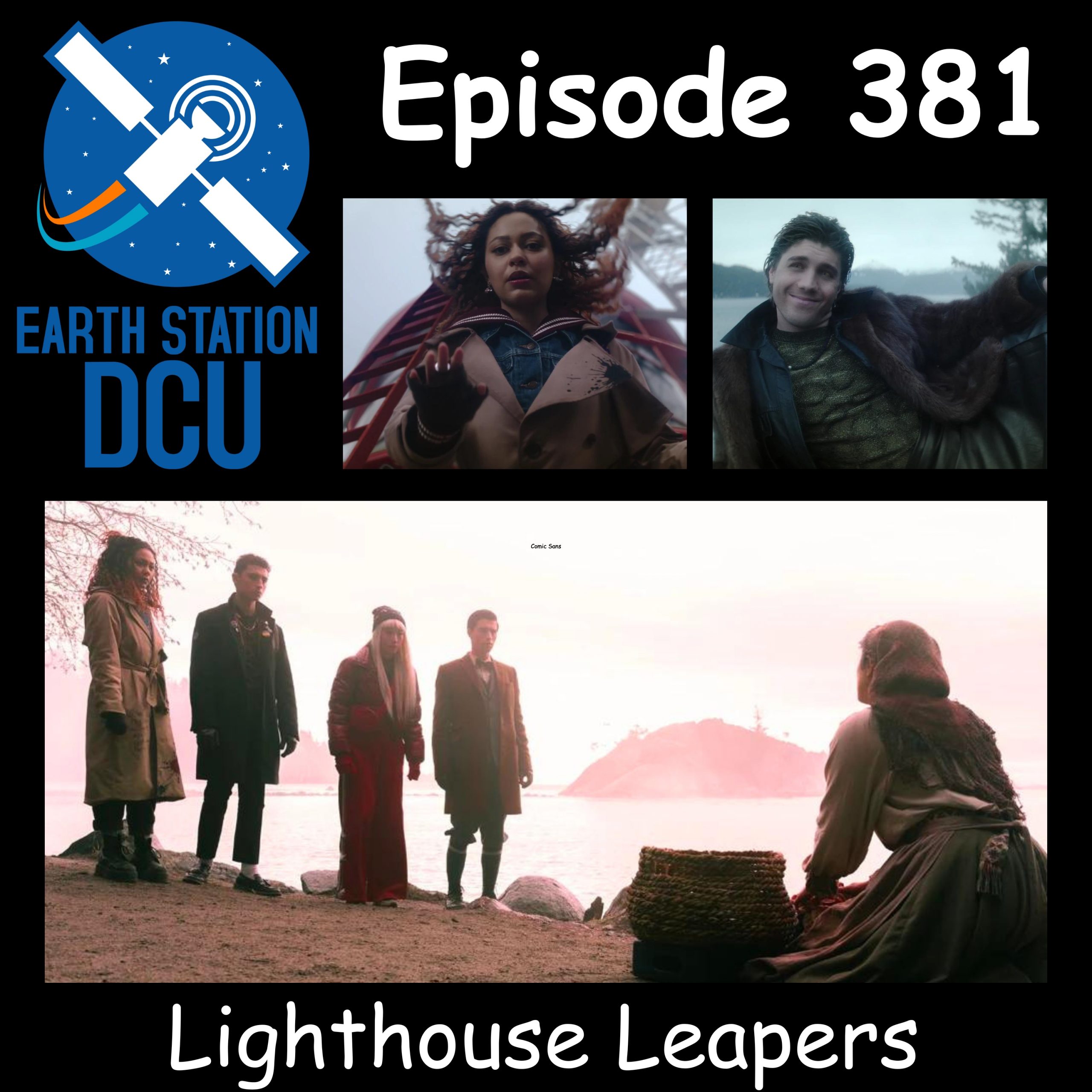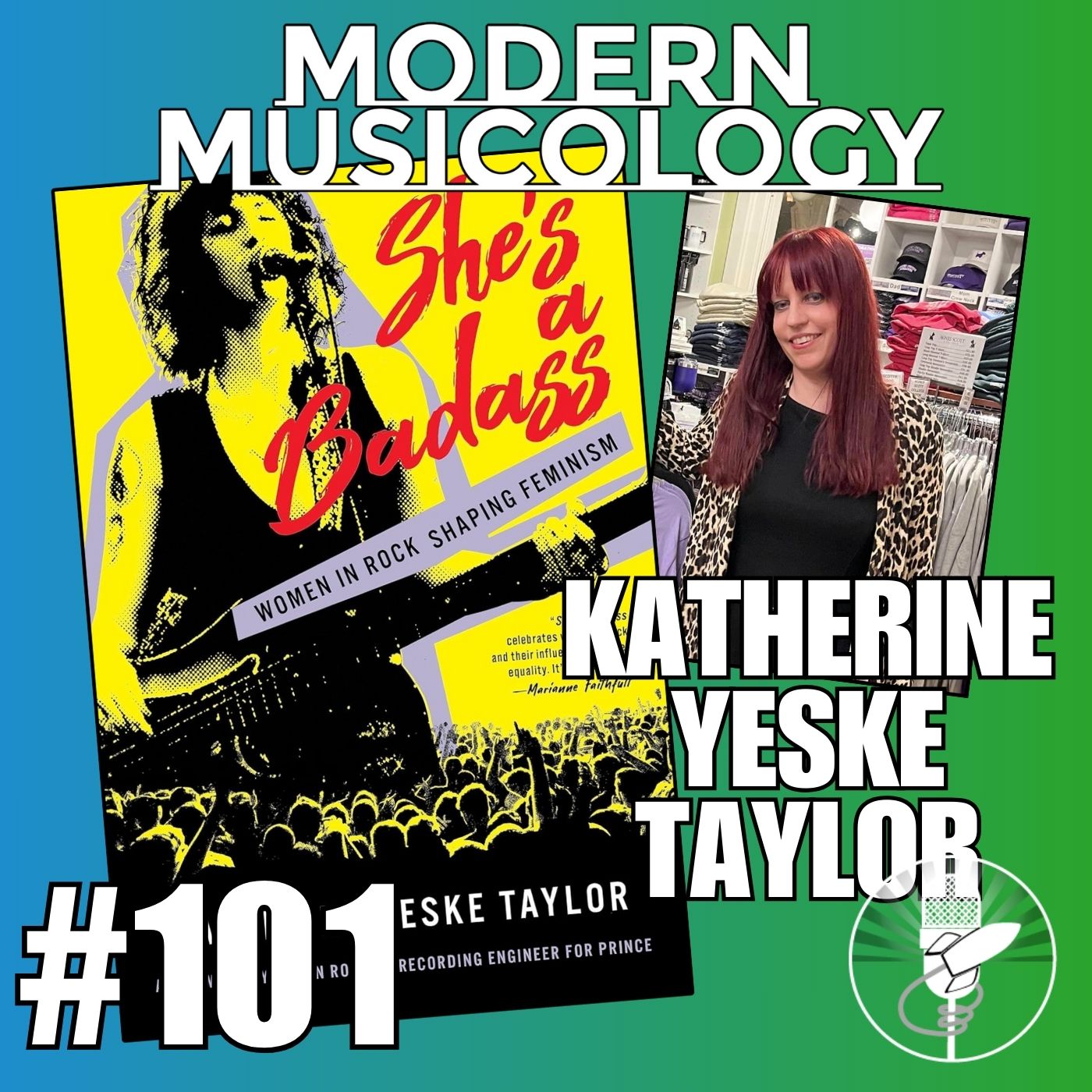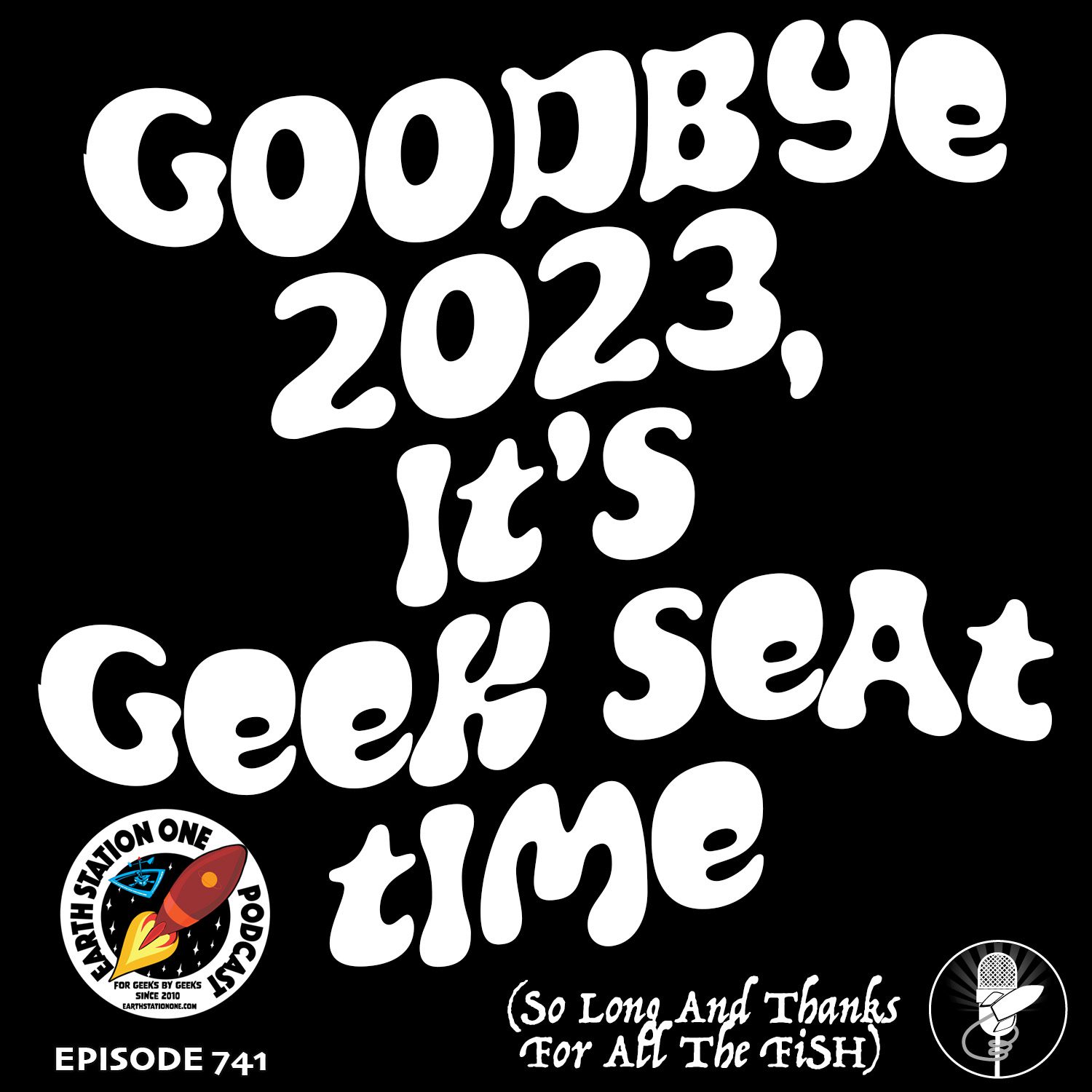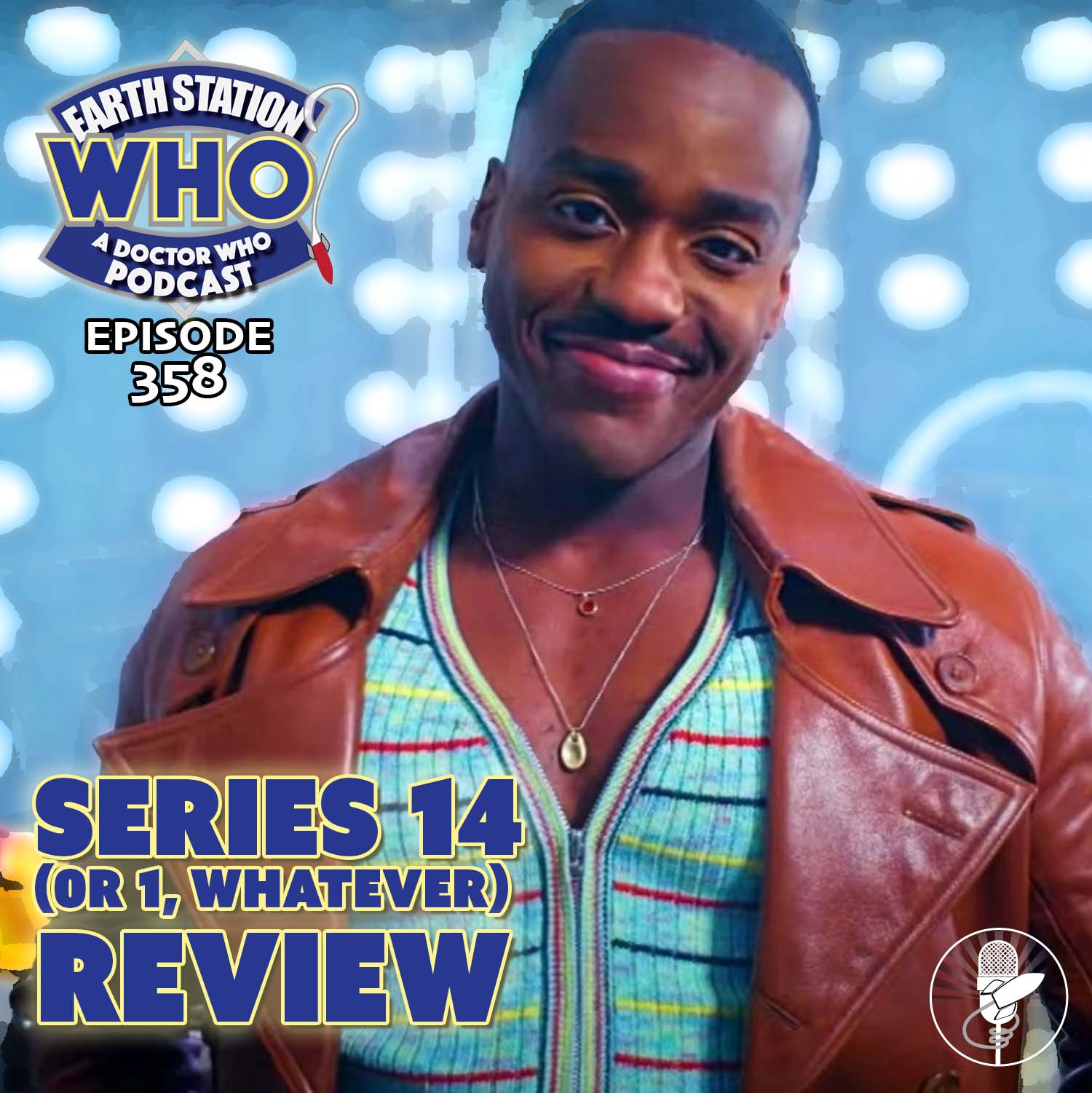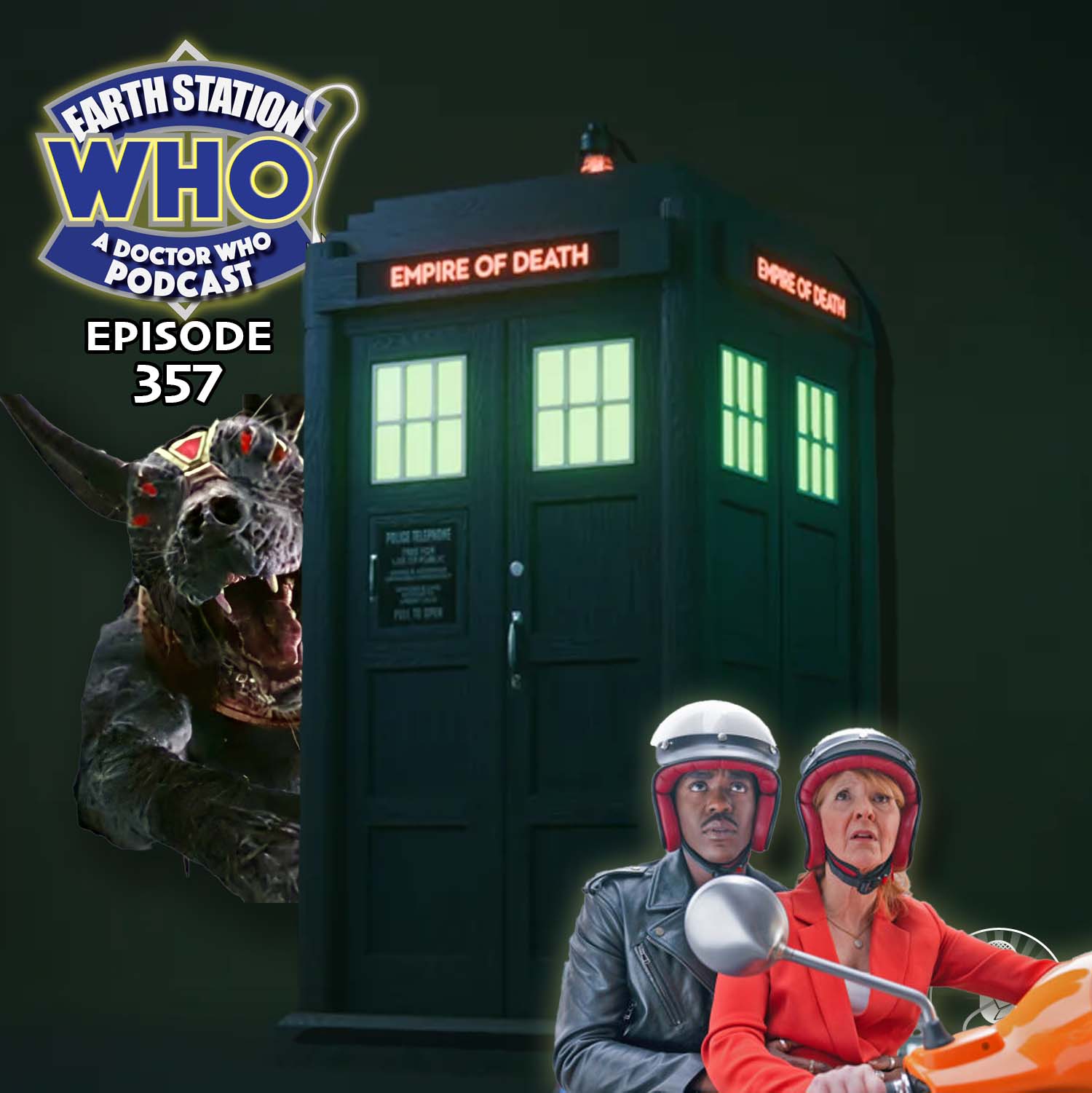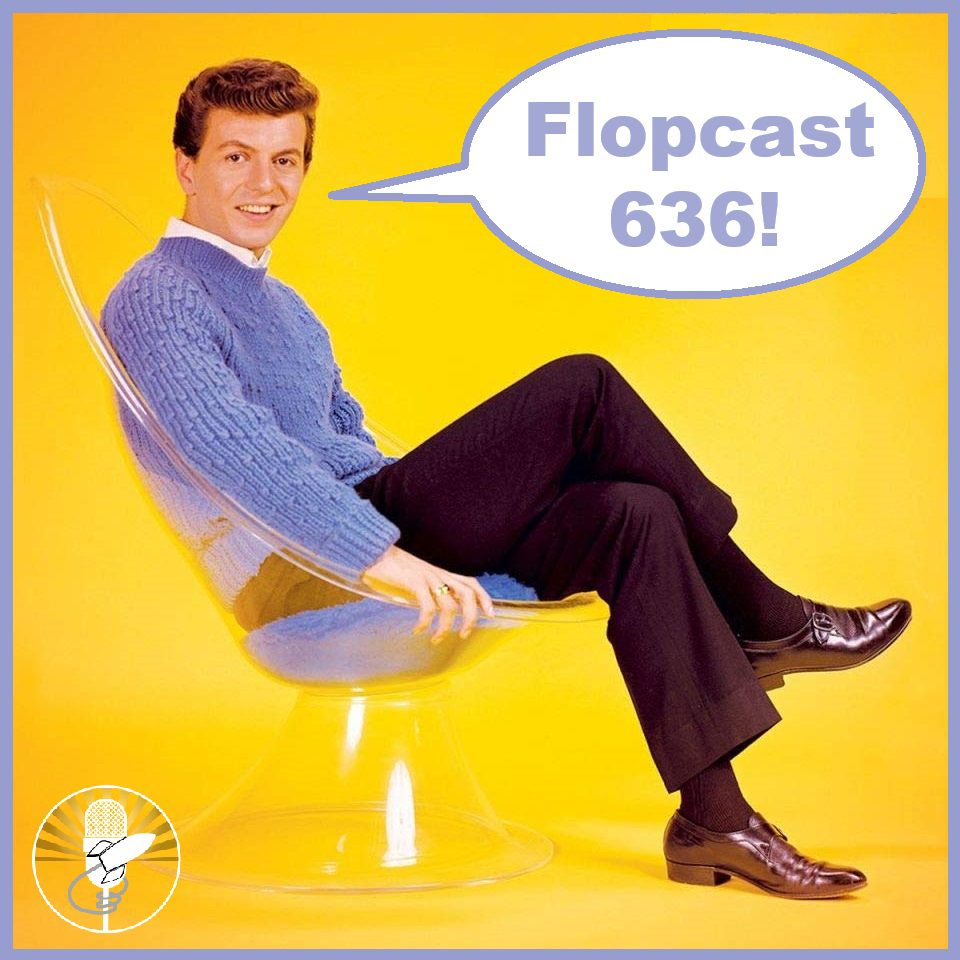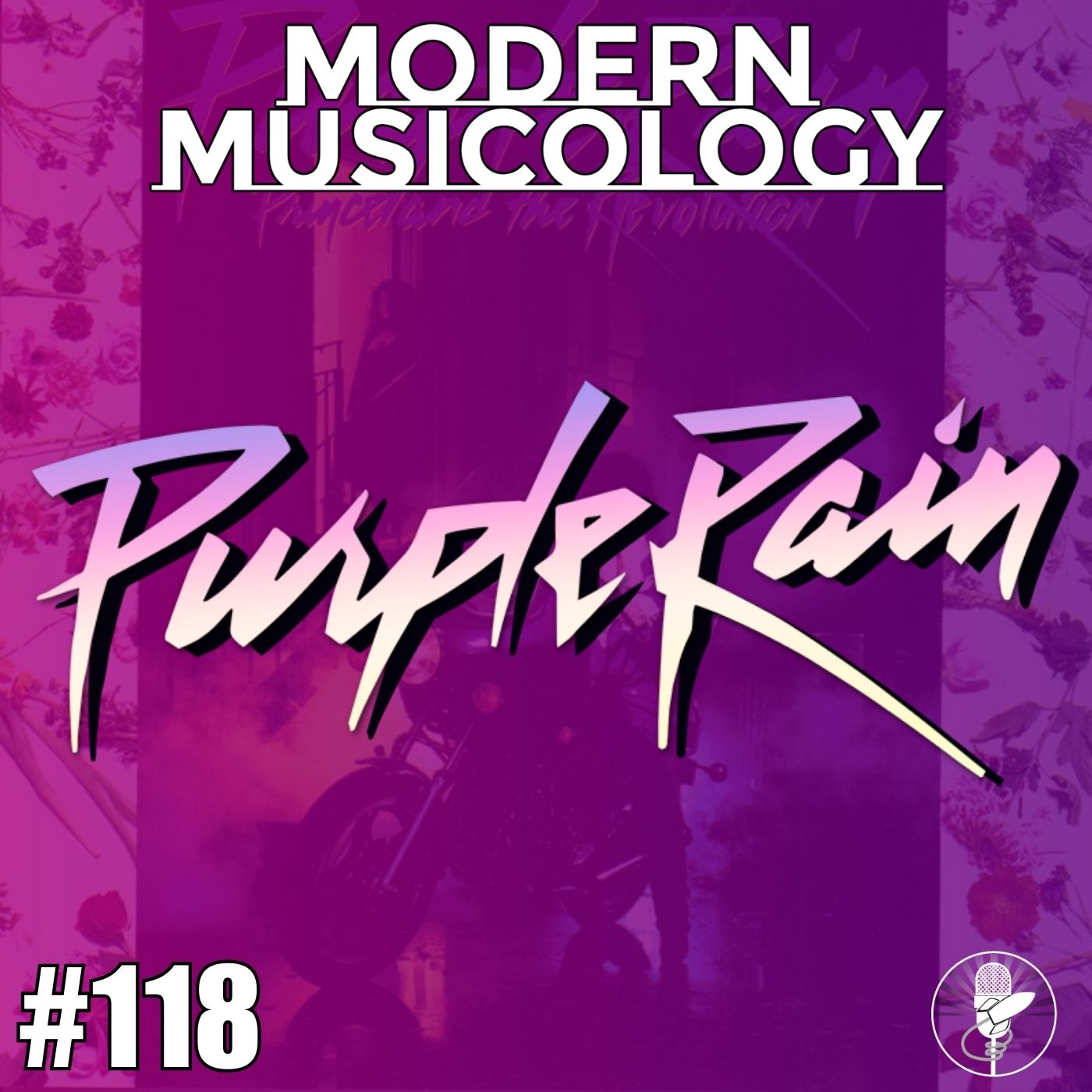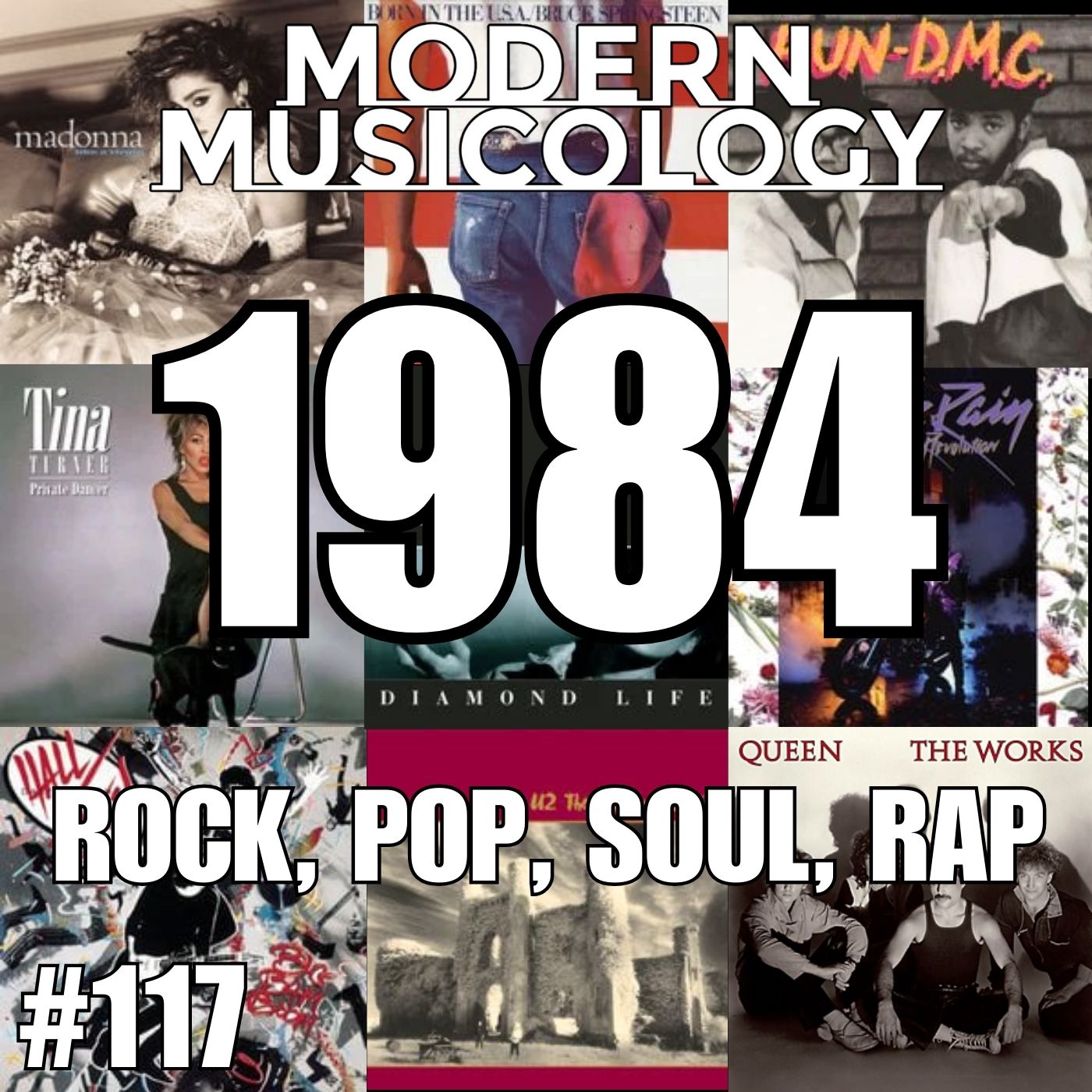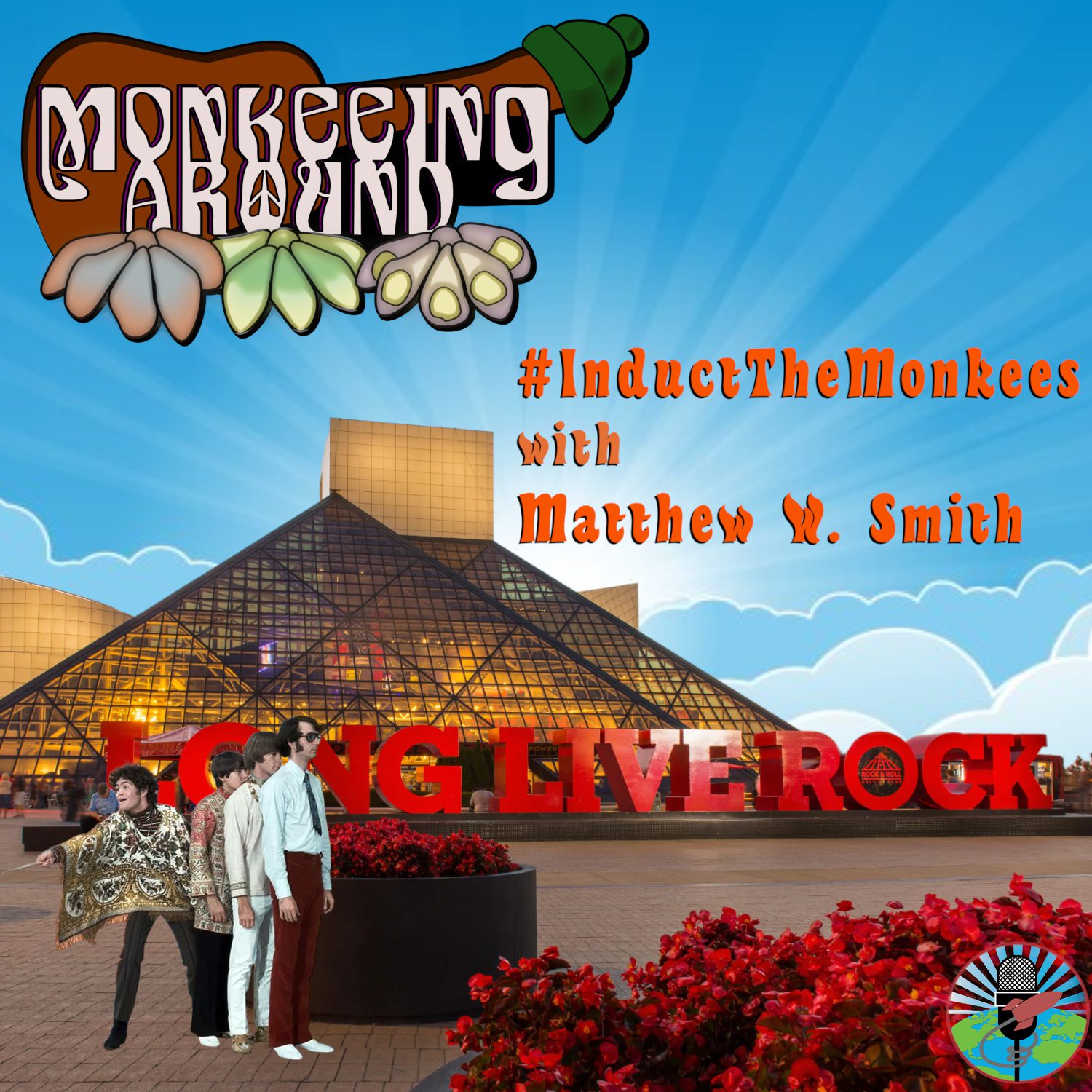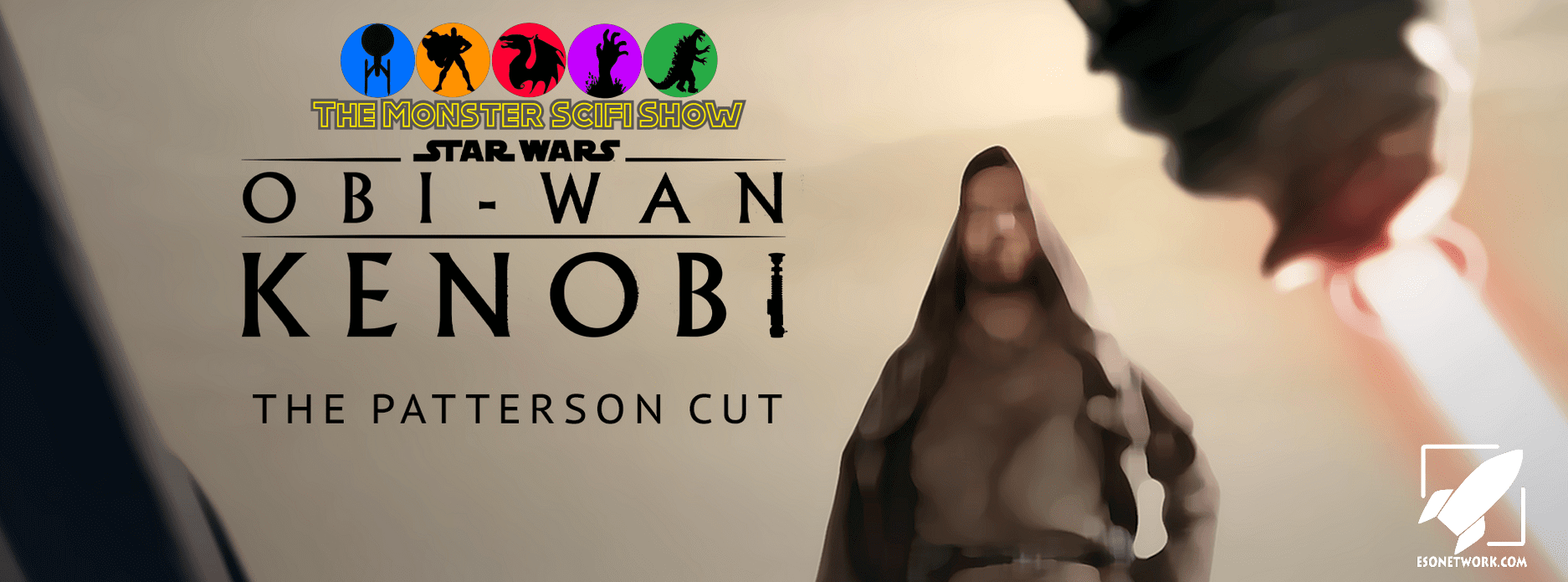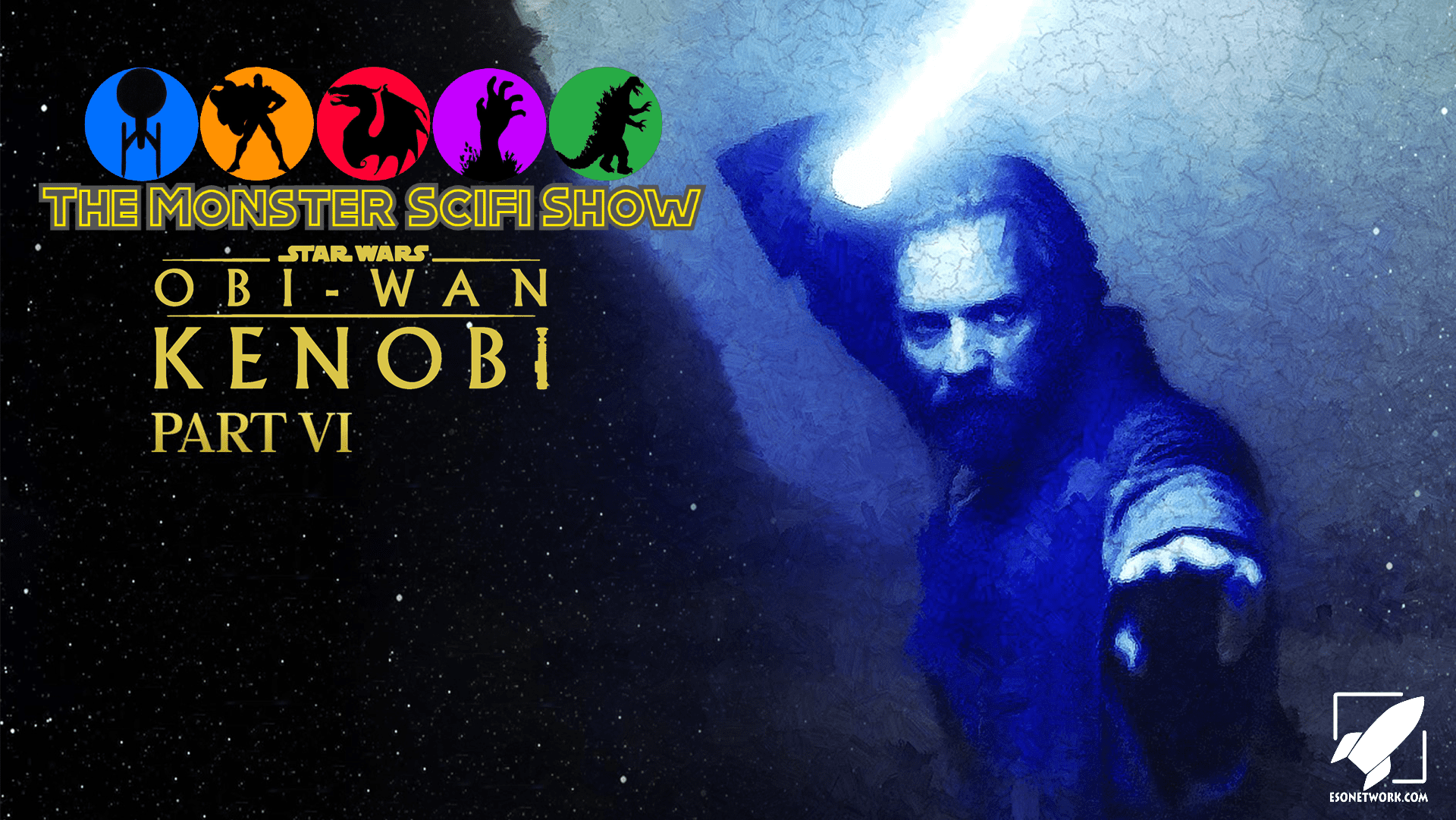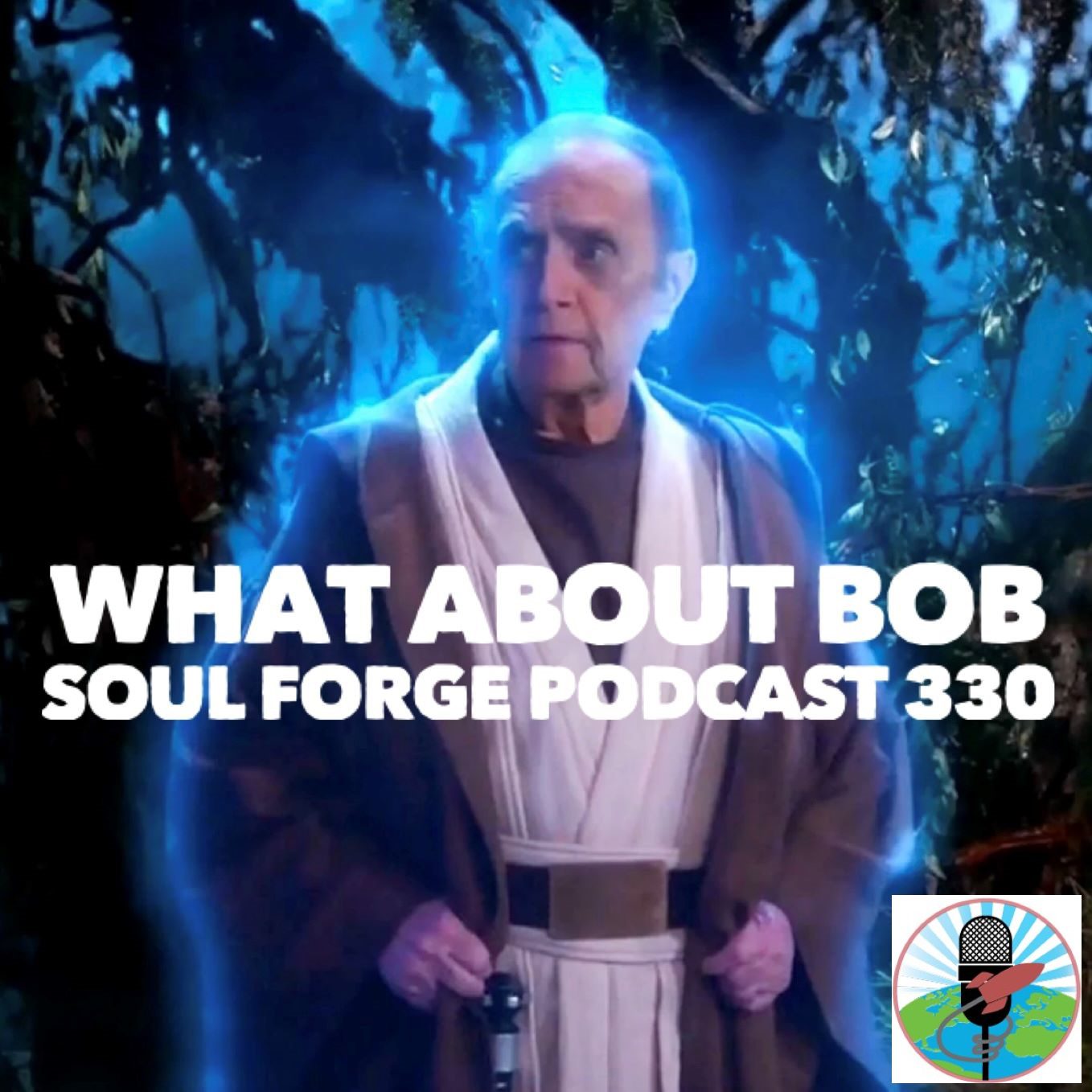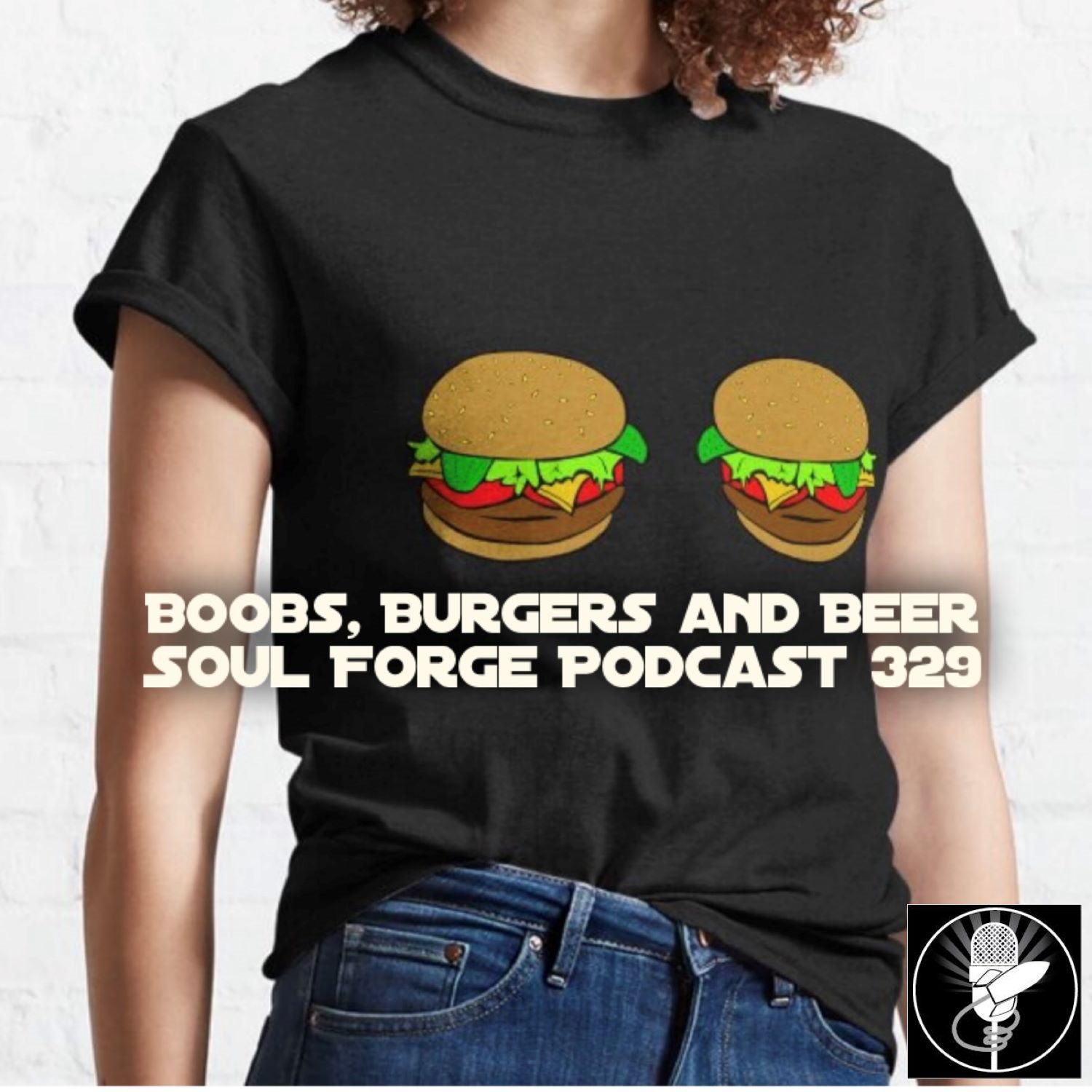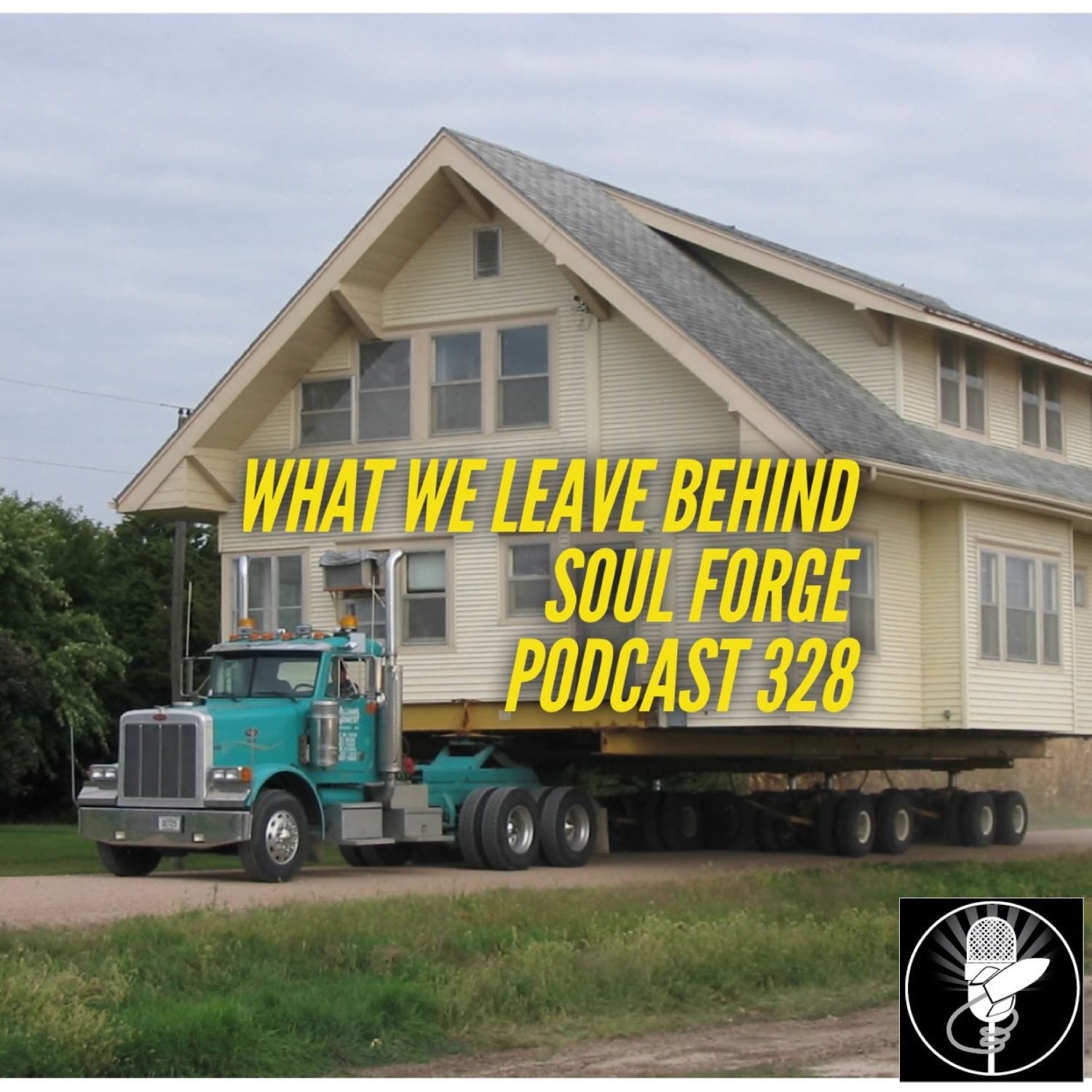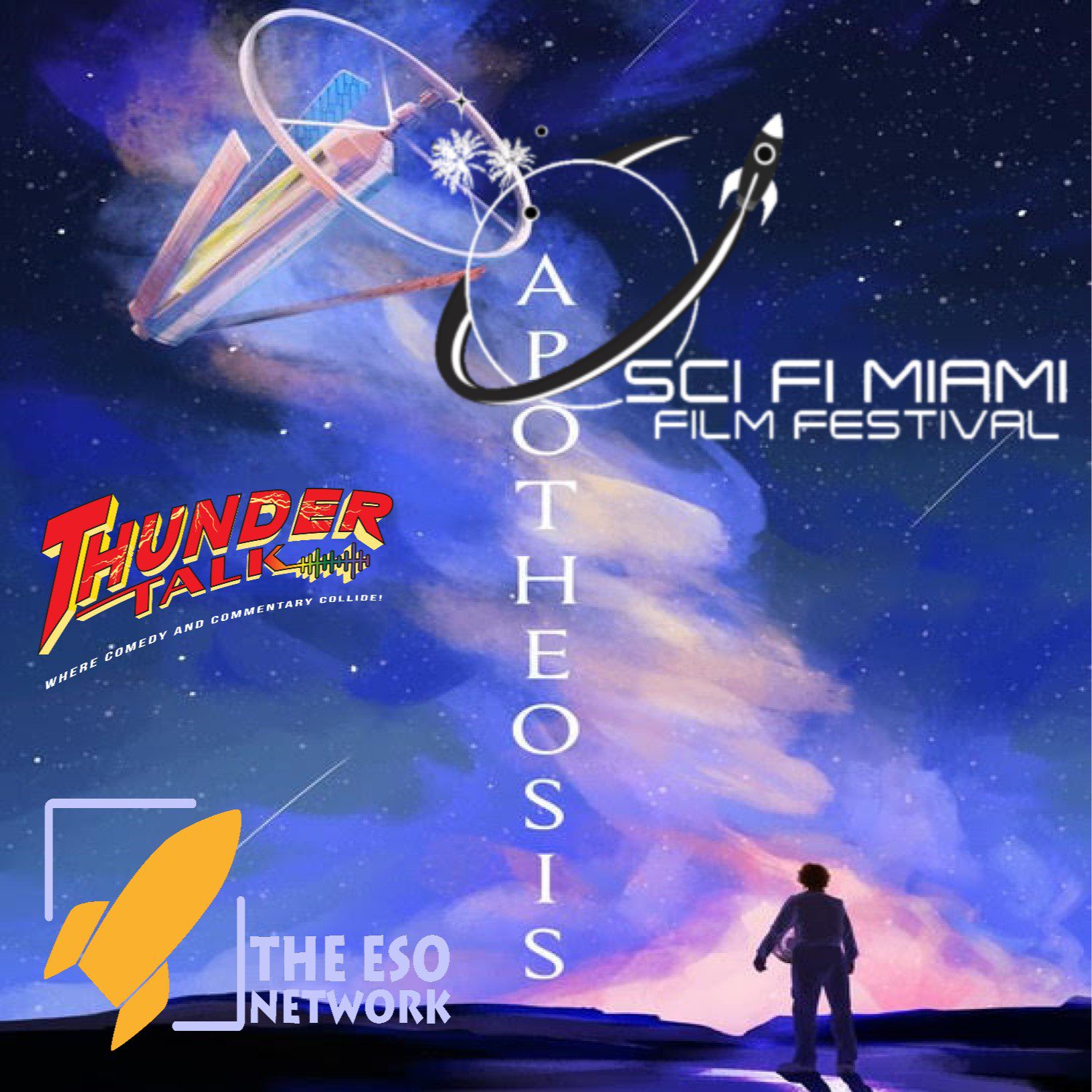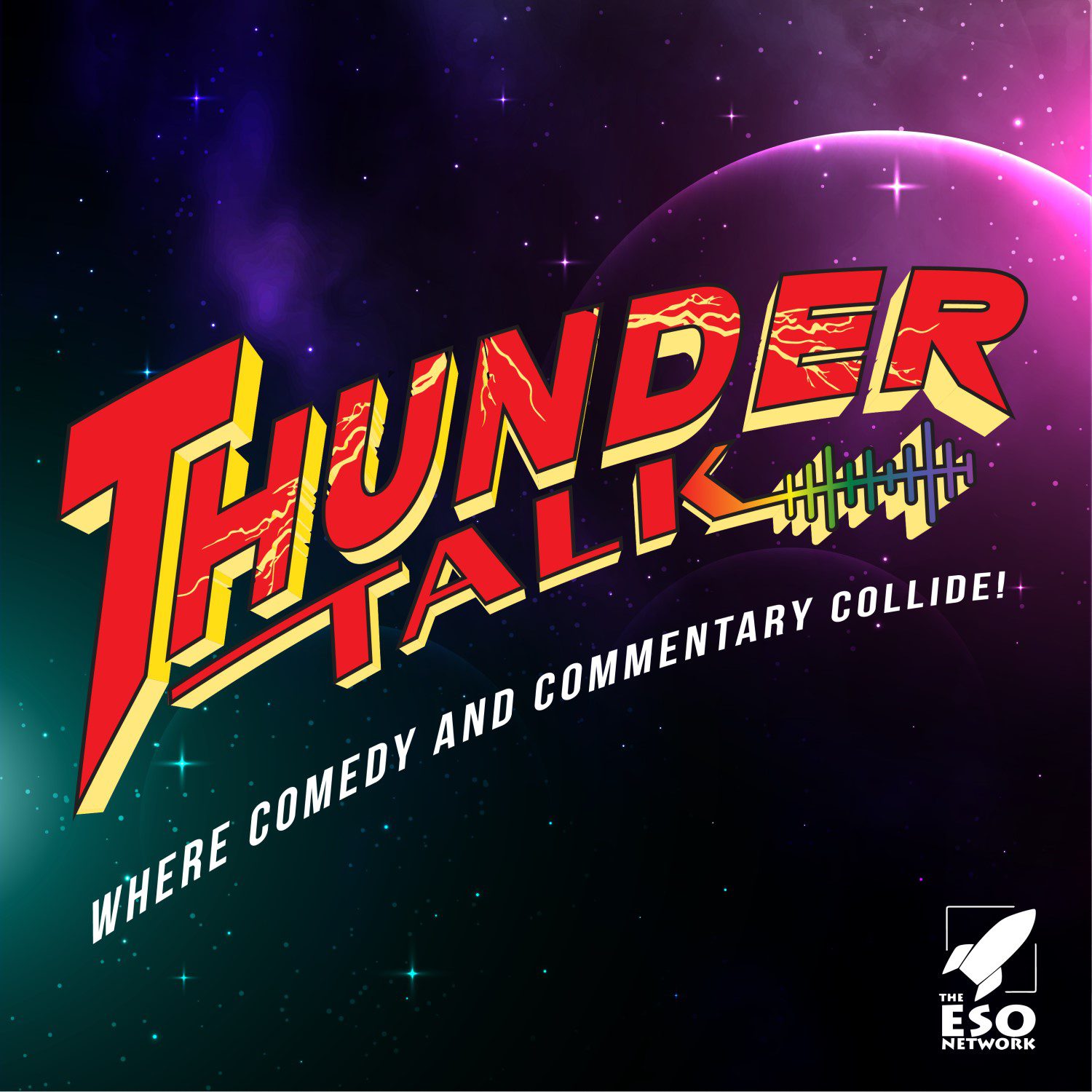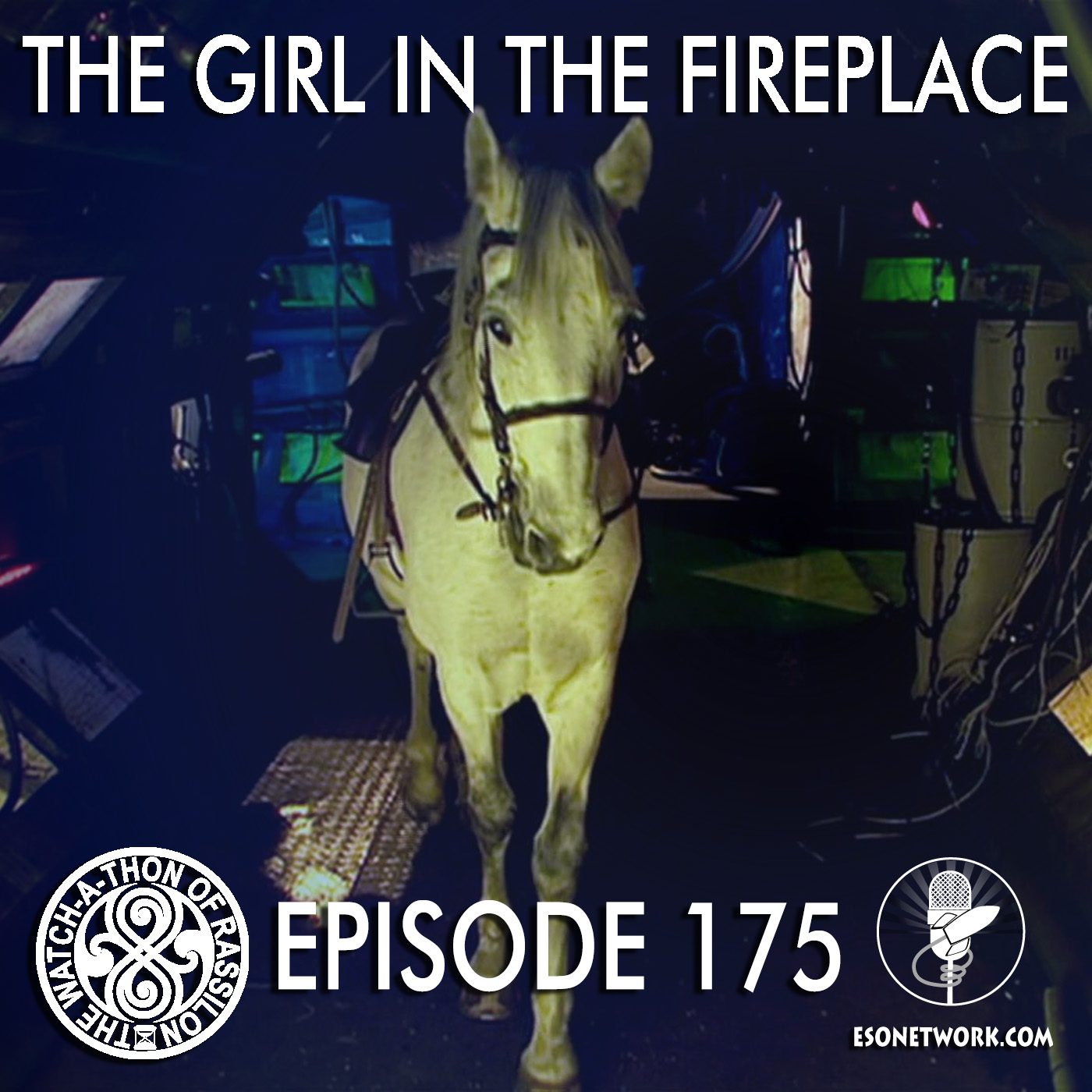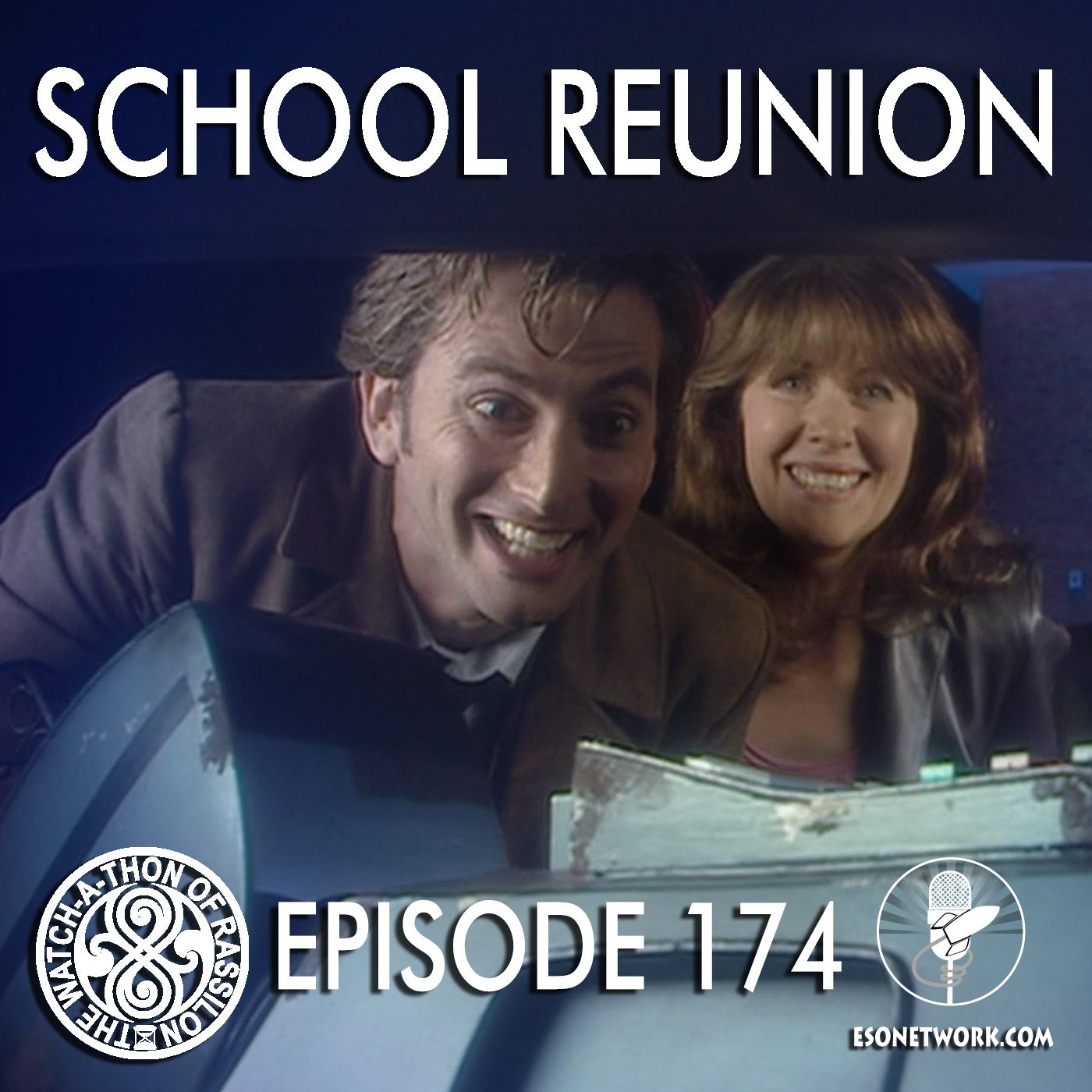For many years, there were two film genres I didn’t want anything to do with: Westerns and horror.
I was convinced these two genres had nothing to offer me personally as a film fan, and when someone would recommend a Western or a horror film to me, I’d try to say, as politely as possible, that those movies “just weren’t for me.”
And then I watched two films that changed everything.
“The Good, the Bad, and the Ugly” made me rethink every assumption I’d had about Westerns. I loved that movie more than I ever thought I would, and because of it, I started a blog series on Westerns and discovered that, yes, I am a fan of Westerns after all. Until “The Good, the Bad, and the Ugly,” I just hadn’t found the right Westerns for me. Now, if you’ll let me, I will talk your ear off about how much I love revisionist Westerns.
Similarly, “Get Out” started to shift the way I thought about the horror genre. I used to assume that horror was all about blood, guts, and supernatural scares so frightening you couldn’t sleep for weeks. And while yes, there are plenty of gory horror films out there and I’m still too squeamish to handle those, I shouldn’t have written off an entire genre that’s actually a lot more varied than I gave it credit for.
“Get Out” is a scary movie — but it’s also one of the most challenging, sobering, and thought-provoking films I’ve seen in a long, long time. Watching it made me uncomfortable, but that wasn’t a bad thing. It made me think long and hard about the privileges I experience as a white person living in the United States, and it also taught me that not all racism is overt. There’s a nasty undercurrent of prejudice running throughout our entire culture, and “Get Out” was a much-needed wakeup call for me.
“Get Out” not only succeeds from an artistic standpoint; it also reshaped the way I viewed the world. And the more I thought about the impact of “Get Out,” the more I realized that maybe I’d been too quick to judge the horror genre.
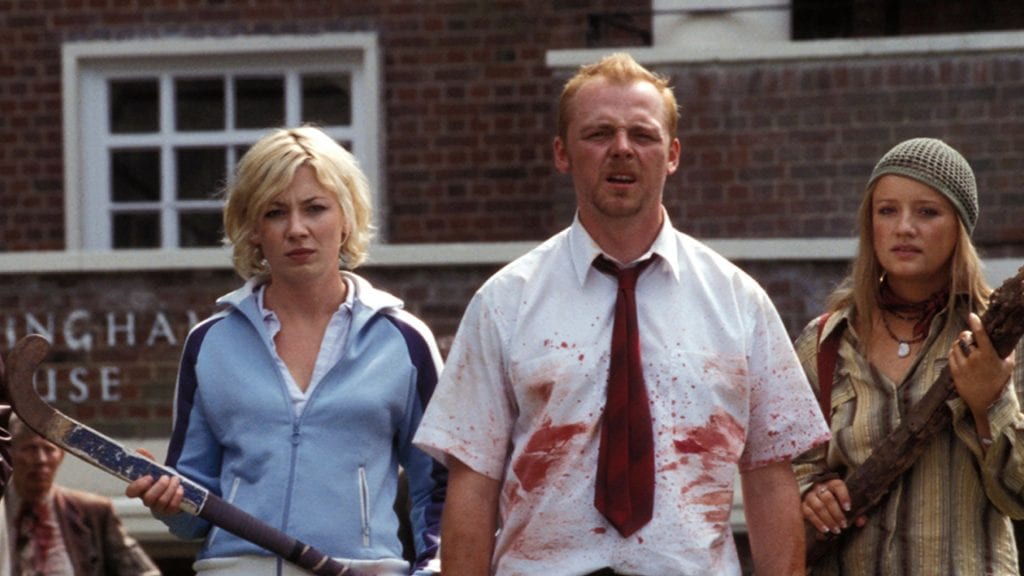
What’s funny is that even back when I said I didn’t like horror films, I still owed the genre for making some of my favorite films possible.
My favorite comedies of all time are Edgar Wright’s unofficial Cornetto trilogy — “Shaun of the Dead,” “Hot Fuzz,” and “The World’s End” (nicknamed the Cornetto trilogy because there’s a running joke across the films about a particular brand of ice cream). While these films are far more silly than scary, they derive their humor from famous horror tropes: zombies, a violent small-town cult, and aliens coming to destroy the world, respectively.
As a genre, horror is broadly defined as fiction whose purpose is to inspire feelings of fear, dread, and terror in the audience. Now on the surface, it seems weird that people would want to watch something that makes them feel so afraid. Isn’t real life scary enough? Who wants to be terrified by their escapist entertainment?
However, it’s exactly because real life is scary that people seek catharsis in horror films. No matter how scary a film is, it can’t actually hurt you. Unlike the real-world problems weighing us down, the monsters and mayhem cannot escape from the screen.
Horror films allow us to explore our own fears and fragilities in a safe space: the realm of fiction. I’m very curious to see what sort of storytelling follows this year’s COVID-19 pandemic. I wouldn’t be surprised if we continued to see a resurgence of the horror genre, as creators take the anxiety and uncertainty we all experienced this year and process it through storytelling.
By shocking us out of apathy, horror can also generate conversations about deeper, real-life issues, just as “Get Out” does. It’s one thing to discuss racism in an academic, clinical sense; it’s another to directly experience the very visceral fear that comes from watching a film like “Get Out.” The story told in “Get Out” works best within the context of the horror genre, forcing us to confront an uncomfortable reality and consider whether we might be part of the problem.
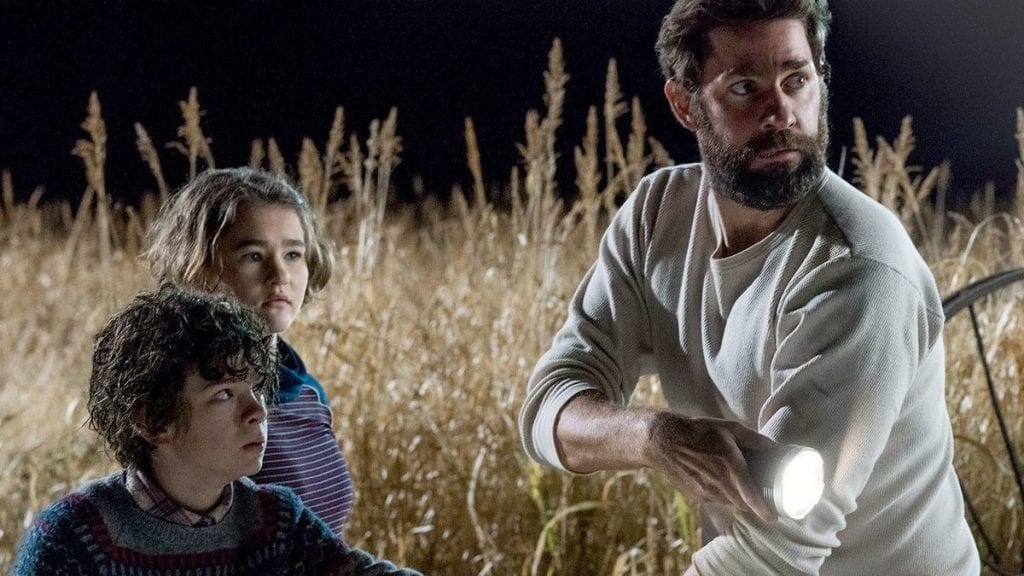
Since watching “Get Out,” I’ve dipped my toes into horror a little more. I loved “A Quiet Place,” which is about a family who lives in a world populated by monsters who hunt by sound. This movie is terrifying because it uses a “less is more” approach; it understands that what you don’t see is often scarier than what you do. It slowly dials up the dread, and we don’t have to constantly see the monsters to be terrified of them.
As a scary movie, “A Quiet Place” works great, but it’s also a quite poignant study of a family coping with loss and trying to find hope in a post-apocalyptic world. It’s a message that hits even closer to home in 2020.
Another feature I overlooked in the past is how well horror crosses over with other genres — for example, the sci-fi/horror classic “Alien.” Some more recent examples of great sci-fi/fantasy and horror crossovers are “Annihilation,” about a strange phenomenon called “The Shimmer” that is slowly morphing nature into something beautiful, otherworldly, and deadly. My husband and I also really enjoyed the low-budget but still well made “The Endless,” a slow-burn, modern-day Lovecraftian tale.
One subgenre of horror I really haven’t delved much into (but I’d like to) is classic monster flicks from Hollywood’s golden age. Even if some of these older movies now look a little dated to modern eyes, it’s fascinating to see how the genre has grown and developed over time.

I guess the most important lesson that my re-examining of the horror genre (and Westerns!) has taught me is that no genre is entirely one thing. I have absolutely no interest in watching the Saw movies, but I’m eager to watch more psychological horror films like “Get Out.”
Writing off an entire genre because of preconceived notions can lead you to miss out on a lot of great storytelling. My new goal as a film fan is to be as open to trying new stuff as possible, especially since time and time again, some of my best movie-watching experiences have involved films I initially wasn’t all that interested in.



